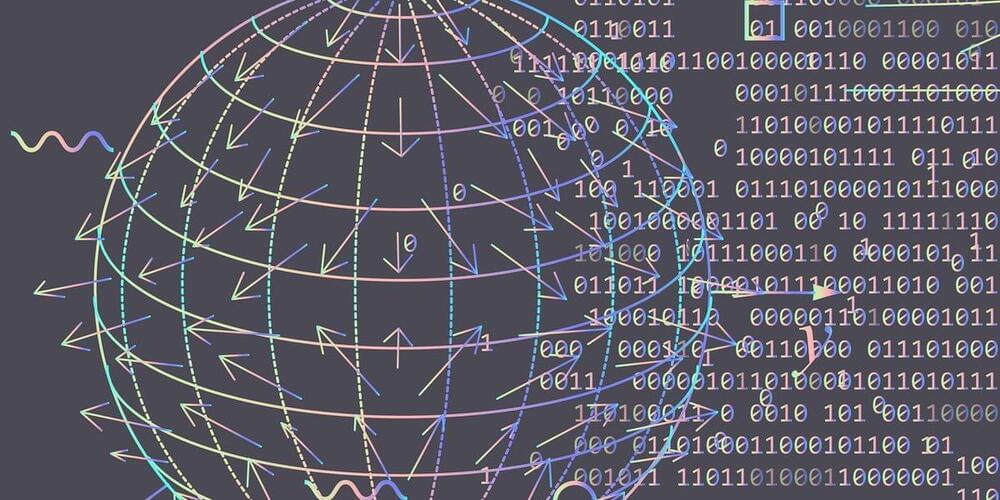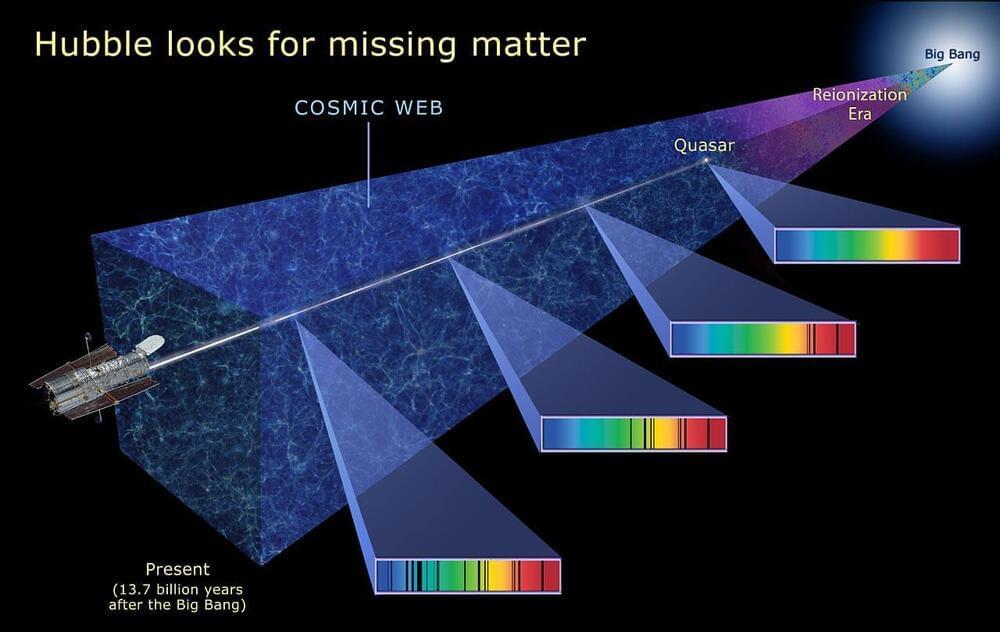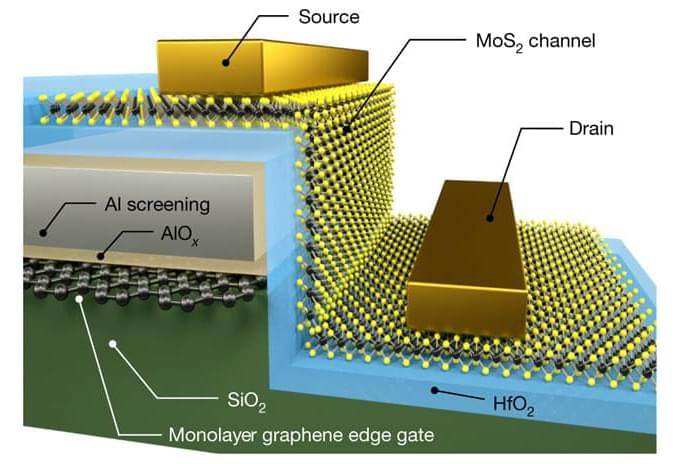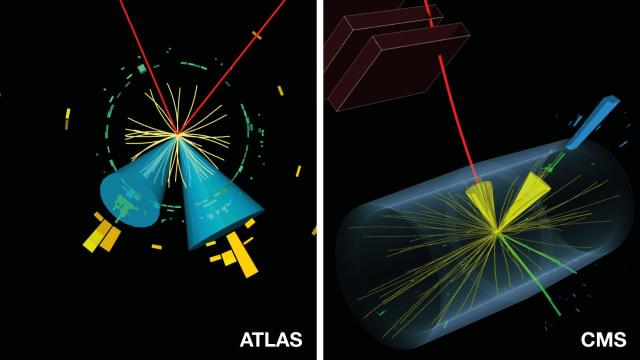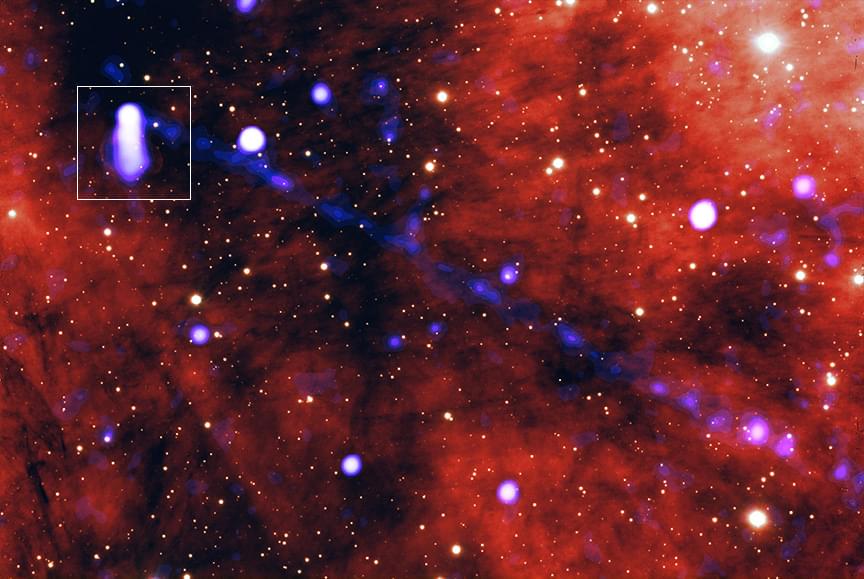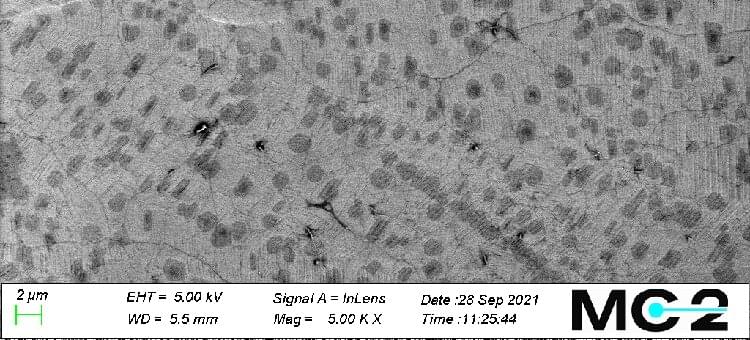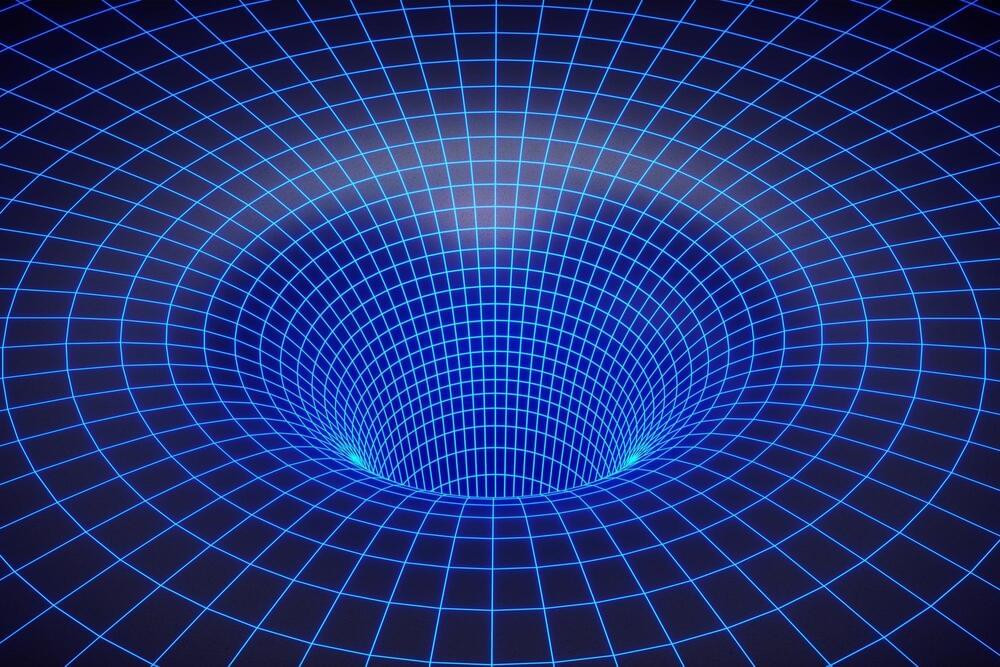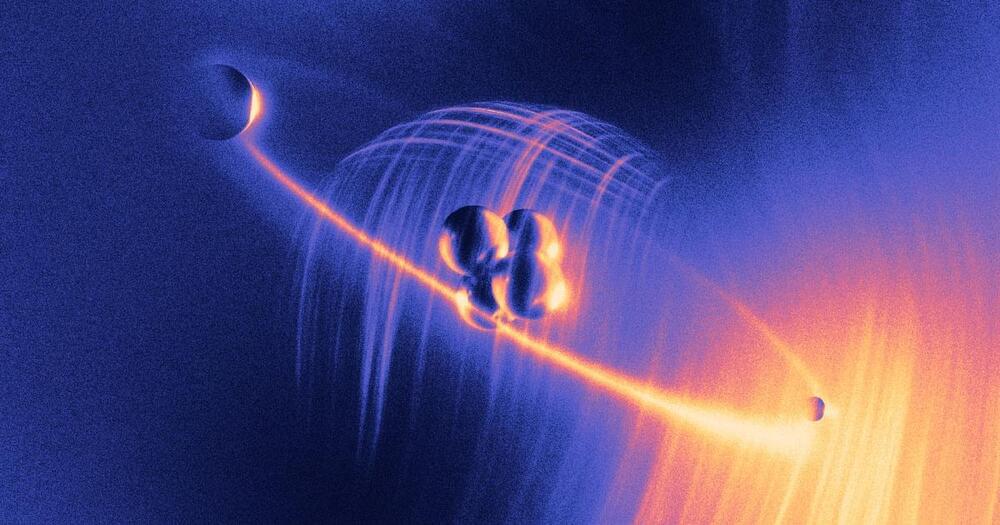The researchers simulated the molecules H4, molecular nitrogen, and solid diamond. These involved as many as 120 orbitals, the patterns of electron density formed in atoms or molecules by one or more electrons. These are the largest chemistry simulations performed to date with the help of quantum computers.
A classical computer actually handles most of this fermionic quantum Monte Carlo simulation. The quantum computer steps in during the last, most computationally complex step—calculating the differences between the estimates of the ground state made by the quantum computer and the classical computer.
The prior record for chemical simulations with quantum computing employed 12 qubits and a kind of hybrid algorithm known as a variational quantum eigensolver (VQE). However, VQEs possess a number of limitations compared with this new hybrid approach. For example, when one wants a very precise answer from a VQE, even a small amount of noise in the quantum circuitry “can cause enough of an error in our estimate of the energy or other properties that’s too large,” says study coauthor William Huggins, a quantum physicist at Google Quantum AI in Mountain View, Calif.
